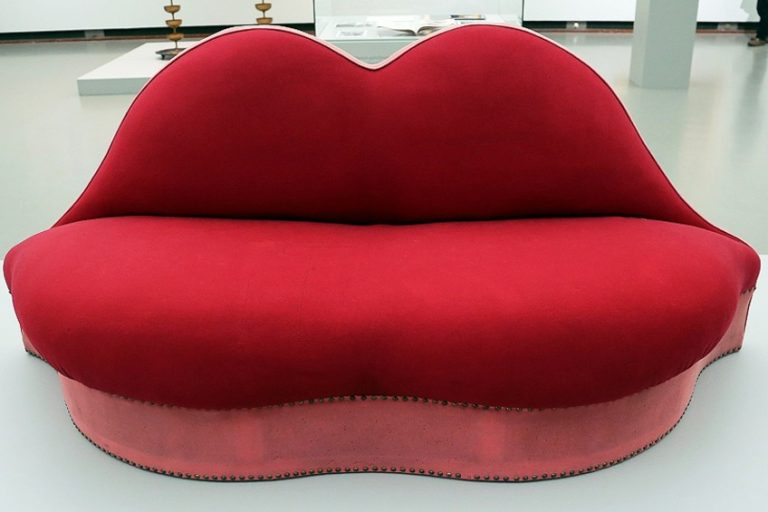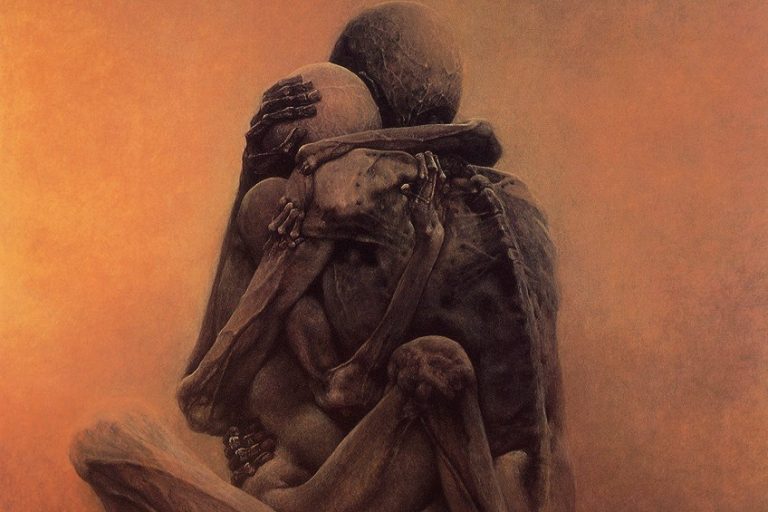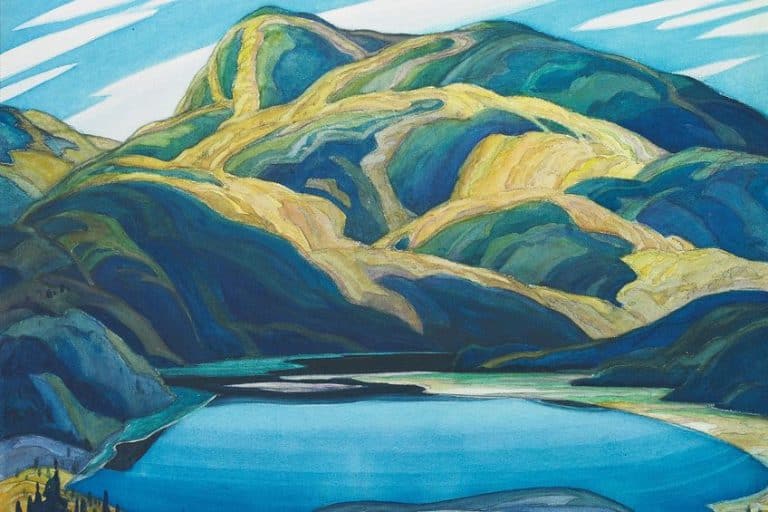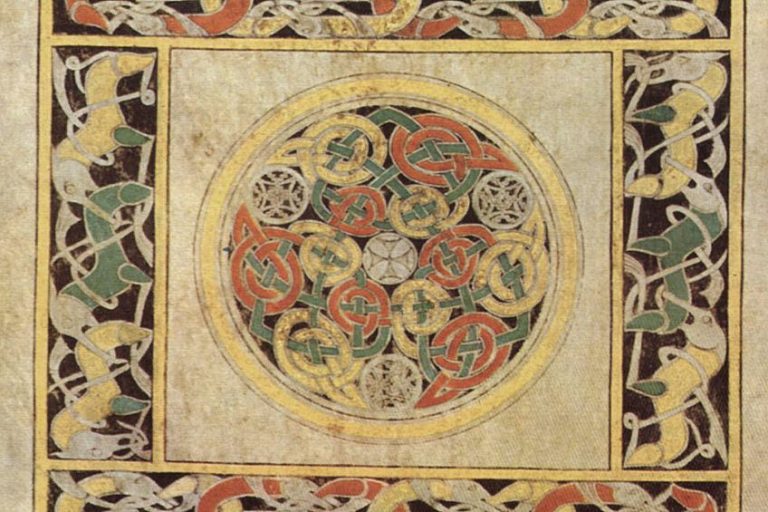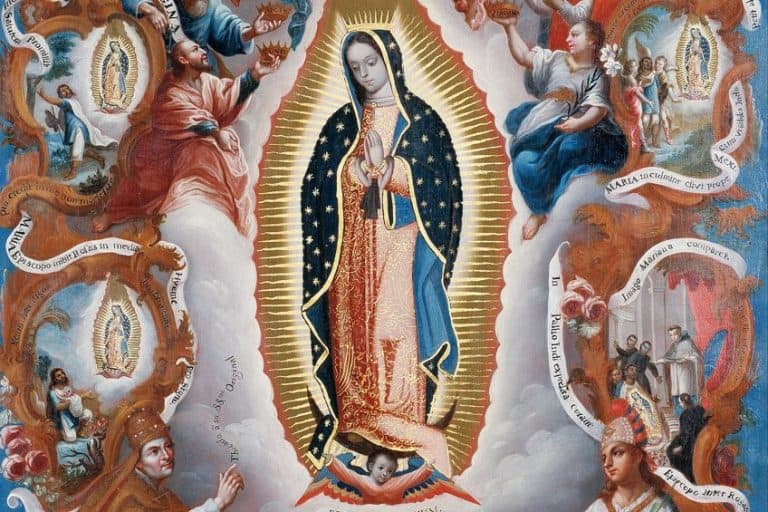Naïve Art – Discover the Style of the Naïve Painting Art Form
What is naïve art and what is the naïve art definition? Naïve painting can be described as an unsophisticated art style pioneered by artists such as Henri Rousseau. Naïve art is typically characterized as visual art done by someone who does not have the formal training and education that a qualified artist receives. When a professional artist imitates this style, the product is frequently referred to as primitivism.
An Exploration of Naïve Art
Unlike folk art, Naïve artwork does not always emerge from a separate widespread cultural background or tradition; in fact, at least in industrialized economies, knowledge of the local fine art heritage has been unavoidable since the Printing Revolution, when it spread through mass printing and other media.
Naïve artists are cognizant of fine art norms such as specific viewpoints and compositional rules but are unable or unwilling to completely employ them.

Outsider art, on the other hand, refers to pieces from a similar setting but with little touch with the conventional art community. The Naïve art definition, as well as its boundaries with other categories like outsider art, has been a source of debate. Naïve art refers to works of fine art, such as sculptures and paintings, created by a self-taught artist, whereas folk art refers to products with functional use. However, this distinction has been questioned.
Another phrase that may be used, particularly in the context of paintings and construction, is “provincial,” which refers to work by artists who have undergone some formal instruction but whose output falls short of urban or court norms accidentally.
Characteristics of Naïve Paintings
Outsider art created by someone with no professional training or degree is sometimes referred to as naïve art. While this was true before the 20th century, academies for naïve painting currently exist. Naïve art is now a well-established art form with galleries all over the world. The formal elements of painting have an uneasy connection with the traits of naïve art, particularly the failure to follow the three principles of perspective.
- The size of things shrinks proportionately to their distance.
- Colors fade as you move away from them.
- With distance, the sharpness of details decreases.
The outcomes include that the effects of perspective are geometrically incorrect. In all the plans of the composition, there is no enfeeblement in the backdrop, and there are a lot of patterns. Details, especially those in the background that should be darkened off, were given the same level of attention.
Simplicity, rather than nuance, is said to be a hallmark of naïve art.

However, because it has become such a well-known and recognized style, many specimens may be classified as pseudo-nave or Primitivism. Given the rise of Autodidactism as a method of schooling in current times, strict naivety is rare to be seen among contemporary artists.
Living artists may not always accept naïve categorizations, but this is likely to alter as more dignifying signals become available.
Movements
Nobody knows when the first Naïve painters arrived on the scene, but from the earliest manifestations of art up until the days of the “Modern Masterpiece,” Naïve artists left us undeniable indications of their creative activity. In any case, since the publishing of the Der Blaue Reiter, an almanac in 1912, naïve art may be said to have held “official” status in the chronicles of 20th-century art. The almanac’s editors, Franz Marc and Wassily Kandinsky showed six copies of Henri Rousseau’s works, relating them to other artistic examples.
Most experts believe, however, that Naïve painting was “discovered” in 1885 when painter Paul Signac recognized Henri Rousseau’s potential and began arranging exhibits of his work in a number of famous galleries.

The Sacred Heart Painters
Wilhelm Uhde, a German art critic, and collector, is credited with organizing the first naïve art show, which was held in Paris in 1928. André Bauchant, Camille Bombois, Henri Rouseau, Séraphine Louis, and Louis Vivin were among the participants.
The Sacred Heart artists were their collective name.

Earth Group
From 1929 through 1935, the Earth Group was a group of Croatian painters, architects, and thinkers that worked in Zagreb. The group had a Marxist bent and was partially inspired by “Neue Sachlichkeit,” which resulted in more stylized shapes and the creation of naïve paintings. Edo Kovaevi, Krsto Hegedui, Omer Mujadi, and Oton Postrunik were among the painters of the group, as well as sculptor Frano Krini and architect Drago Ibler.
The Earth group looked for solutions to societal problems.

Their curriculum emphasized the value of autonomous creative expression while opposing the unthinking imitation of foreign trends. They believed that rather than creating art for the sake of creating art, it should represent the realities of life and the necessities of the modern community.
Hiebine School
From circa 1930, a phrase attributed to Croatian naïve painters who worked in or around the region of Hlebine, near the Hungarian border. The settlement had only a few muddy twisting alleyways and one-story buildings at the time, but it generated such a wonderful crop of painters that it became almost synonymous with Yugoslav naïve paintings.
Hlebine is a tiny attractive municipality in northern Croatia that formed the backdrop for a collection of self-farmers to establish a distinctive and rather innovative style of painting in the 1920s.

Leading intellectuals of the time, such as poet Antun Gustav Mato and the most famous figure in Croatian literature, Miroslav Krlea, advocated for a distinct national aesthetic style free of Western influences. These ideas were taken up by Krsto Hegedui, a well-known Hlebine artist who founded the Hlebine School of Art in 1930 in quest of national “rural creative expression.” Ivan Generali was the first teacher of the Hlebine School, as well as the first to create a distinct personal style and achieve a high level of artistic excellence.
Following World War Two, the following generation of Hlebine artists preferred to concentrate on stylized portrayals of country life based on the imagination. Generali remained the dominating figure, encouraging new painters, such as his son Josip Generali.
Notable Naïve Paintings
The childish simplicity of technique and vision characterizes naïve art. As a result, modernists who want to move away from what they regard as the fake sophistication of work produced inside the conventional system have praised it.
Henri Rousseau is the most well-known contemporary naïve artist; therefore we’ll start with one of his pieces.
The Dream (1910) by Henri Rousseau
| Date Completed | 1910 |
| Medium | Oil paint |
| Dimensions | 204 cm x 298 cm |
| Current Location | Museum of Modern Art |
The young girl has been brought to a jungle, where she is serenaded by a local musician blowing a brass instrument. Yadwigha, half veiled in the jungle’s shadows, reaches out to the musician, gazing over a vista of beautiful jungle greenery that includes lotus petals, parrots, primates, an elephant, two lions, and a serpent. A Garden of Eden concept is suggested by the serpent approaching the scene in the lower right corner of the picture. A pink snake slithers through the bushes, its serpentine shape mimicking the woman’s leg and hip contours.
In this artwork, the naked model sits on a sofa, combining the home and the exotic. “The Dream” demonstrates why the Surrealists appreciated Rousseau’s painting because of its amazing attention to detail, brilliant color, and an absurdist mixture of imagery.

The jungle vegetation was painted in at least 22 different tones of green. Guillaume Apollinaire, a poet, and critic, was enthralled by the artwork. “The painting oozes beauty, that is certain,” he exclaimed. This year, I don’t think anyone will laugh.”
Because of the monotony of the subject matter – a lady laying naked on a sofa in the tropics – this picture is clearly a dream.
However, it is unclear if the artwork depicts Yadwigha’s or Rousseau’s dream. However, part of the joy of the picture is how free it is to interpret. Rousseau was inspired by his excursions to Paris’s natural history museum and the Jardin des Plantes, which resulted in the lush jungle, wild animals, and mysterious horn player seen in this piece. “When I’m in these hothouses and see the unusual flora from other locations, it seems like I’m entering a dream,” the artist said of his visits.
Death Ship (1942) by Alfred Wallis
| Date Completed | 1942 |
| Medium | Oil on card |
| Dimensions | 23 cm x 35 cm |
| Current Location | Kettle’s Yard, Cambridge, England |
The main point of Alfred Wallis’ Death Ship is a gigantic black ship with billowing dark gray steam. As the ship moves over freezing white water, five seamen clad in black suits and caps are seen. This picture, appropriately titled, is an excellent example of the type of works Wallis created at the end of his life. They express the artist’s intense melancholy at the time.
Wallis was making these paintings in the midst of loneliness, suffering from deteriorating eyesight and serious mental degeneration.

The precise date on which Wallis completed these last improvements is unknown. They were either created when Wallis was a resident of the Madron poorhouse or just before he was institutionalized there, a destiny he had dreaded for a long time. Death Ship debunks the notion that Wallis was incapable of producing a profound and intricate degree of symbolism via his work as a “naïve” artist. The ship is a harbinger of death and devastation, a metaphorical rather than literal portrayal of the subjects in Wallis’ art.
It is an amalgamation of those Wallis had experienced during his time at sea and around the coastlines of St. Ives.
The Broken Column (1944) by Frida Kahlo
| Date Completed | 1944 |
| Medium | Oil on masonite |
| Dimensions | 39 cm x 30 cm |
| Current Location | Museo Dolores Olmedo, Xochimilco |
Frida Kahlo’s self-portraits generally focus on physical and psychological pain after she was severely injured in a traffic accident when she was eighteen years old. As her health deteriorated, this theme resurfaced and became much more intense at the end of her life. Her graphic images of herself in agony provide a startling look into her battles with physical difficulties and anguish.
Kahlo’s artwork, “The Broken Column“, was created shortly after she had spinal surgery. This was only one of several medical treatments she had to go through during her life to rectify issues caused by her prior injury.
In contrast to the plaster casts she had previously worn, Kahlo was compelled to wear a steel corset while painting. Kahlo is seen in the picture against a desolate and fragmented environment that looks to have been through as much turmoil and tragedy as the artist. Her spine is depicted as a shattered and shattered Ionic stone column due to a deep and jagged fissure across the length of her near-naked body.
Her spinal column appears to be on the verge of collapsing, especially at the base. Nails of varying sizes penetrate her entire body and face, exacerbating her pain. Tears stream down her cheeks in torrents.
Besides the elasticated medical support girdle she wears, Kahlo painted herself naked at first, but then added a white surgical-looking covering to cover her bottom half. Her breasts are uncovered, and her sensuality shines through despite her body’s mutilation. The portrayal of nails and sheets also has strong overtones of Christian emblematic martyrdom. Kahlo’s face has a sense of power and resistance about it, despite the pain she is going through. Even though her body has been maimed and tortured, it is clear that her spirit has not been harmed.
That wraps up our look at the child-like and unsophisticated style known as Naïve art. The term is used to describe paintings created in more or less advanced cultures that lack traditional representational abilities. The colors are brilliant and unnaturalistic, the perspective is non-scientific, and the perception is infantile or literal.
Frequently Asked Questions
What Is Naïve Art?
The term Naïve art was coined in the nineteenth century (prior to that, images with a Naïve aspect may more accurately be categorized as folk art or simply as unprofessional works), and the first major proponent was probably the American Edward Hicks. Nevertheless, wasn’t until the early 20th century that Naïve painting became fashionable. Henri Rousseau was the first Naïve painter to receive major critical acclaim, and he is still the only one who is considered a great master, but many others have earned respect in contemporary art.
What Is Primitivism?
The phrase is frequently used interchangeably with Naïve, however, this can be misleading because primitivism can refer to paintings from the pre-Renaissance period as well as art from uncivilized tribes. Folk art and Sunday painter are two more words that are occasionally used interchangeably. Many novices do not paint in a Naïve manner; therefore, these have their own set of problems.
Isabella studied at the University of Cape Town in South Africa and graduated with a Bachelor of Arts majoring in English Literature & Language and Psychology. Throughout her undergraduate years, she took Art History as an additional subject and absolutely loved it. Building on from her art history knowledge that began in high school, art has always been a particular area of fascination for her. From learning about artworks previously unknown to her, or sharpening her existing understanding of specific works, the ability to continue learning within this interesting sphere excites her greatly.
Her focal points of interest in art history encompass profiling specific artists and art movements, as it is these areas where she is able to really dig deep into the rich narrative of the art world. Additionally, she particularly enjoys exploring the different artistic styles of the 20th century, as well as the important impact that female artists have had on the development of art history.
Learn more about Isabella Meyer and the Art in Context Team.
Cite this Article
Isabella, Meyer, “Naïve Art – Discover the Style of the Naïve Painting Art Form.” Art in Context. June 21, 2022. URL: https://artincontext.org/naive-art/
Meyer, I. (2022, 21 June). Naïve Art – Discover the Style of the Naïve Painting Art Form. Art in Context. https://artincontext.org/naive-art/
Meyer, Isabella. “Naïve Art – Discover the Style of the Naïve Painting Art Form.” Art in Context, June 21, 2022. https://artincontext.org/naive-art/.




